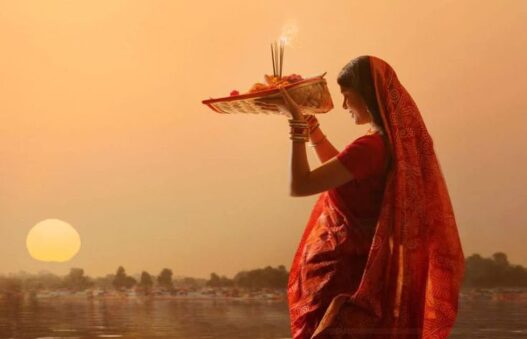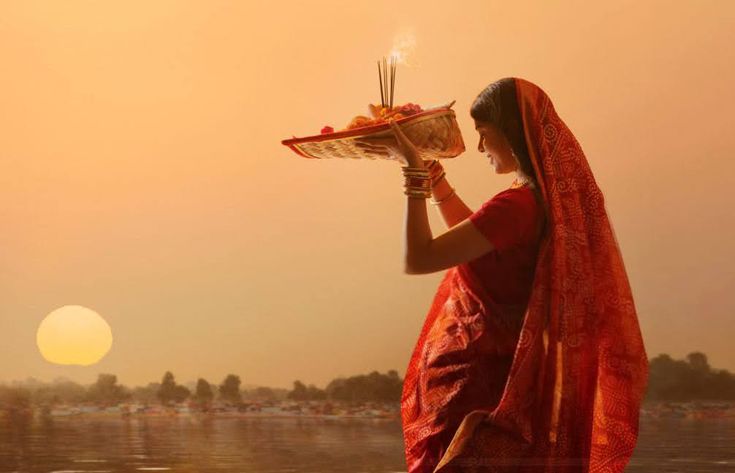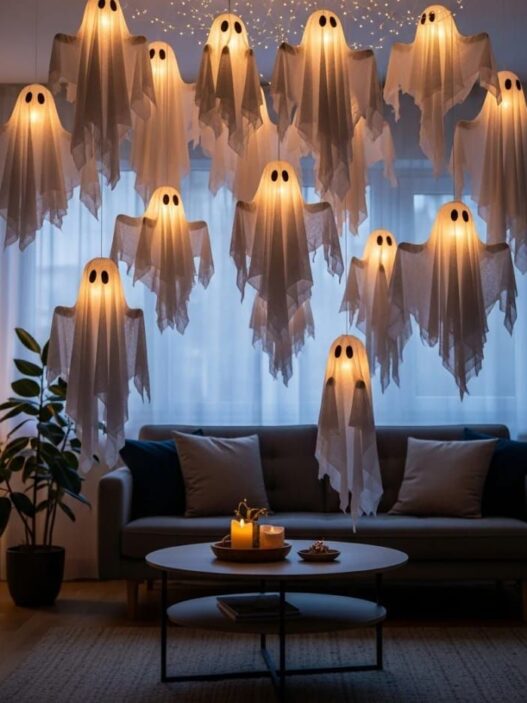As the golden sun dips into the Ganges and the air fills with devotional songs, Bihar and large parts of North India transform into a living prayer. It’s Chhath Puja — the “Mahaparv,” the great festival when millions bow not before idols, but before the glowing sun and its reflection in the river’s ripples.
Every year, six days after Diwali, homes across Bihar, Uttar Pradesh, Jharkhand, and even faraway cities where migrants live, awaken to a sacred rhythm. The rituals of Chhath ancient, exacting, and breathtakingly beautiful unfold like a symphony of faith, discipline, and devotion.
Chhath Puja is perhaps one of India’s oldest nature-worship rituals, dating back to the Vedic period. Unlike most Hindu festivals centered around gods and goddesses, Chhath venerates Surya Dev, the Sun God the eternal source of light, energy, and life.
For devotees, known as vratis, the four-day ritual is not just a festival; it’s a journey of purification. It is believed that by observing this fast with absolute devotion, one’s desires are fulfilled, health is restored, and prosperity follows.
Four Days of Faith and Fasting
The festival begins with Nahay-Khay, a ritual of cleansing. Devotees bathe in rivers and prepare a pure, single meal often of bottle gourd, rice, and pulses cooked in clay pots over wood fires. From this moment, the household becomes a sacred space.
The second day, Kharna, is when the fast truly begins. After an entire day of abstinence, the vratis break their fast at sunset with gur ke kheer (jaggery rice pudding) and roti cooked without salt shared with family and neighbors. From this night onward, devotees embark on a 36-hour nirjala vrat, abstaining from both food and water.
Then comes the heart of Chhath Sandhya Arghya (evening offering). Dressed in traditional attire women in vibrant saris, men in dhotis devotees carry soop (bamboo baskets) laden with fruits, sugarcane, coconuts, and thekua (a sweet delicacy made from wheat and jaggery). As the sun begins to set, they stand waist-deep in rivers, ponds, or makeshift water bodies, offering prayers to the setting sun a rare inversion in a world that worships the sunrise.
The final dawn, Usha Arghya, witnesses a breathtaking sight: thousands gathered along the ghats, palms folded, eyes fixed on the horizon. As the first rays of sunlight touch the water, songs of devotion echo, and tears of faith mingle with the river.
Chhath is considered one of the most arduous fasts not for penance, but for gratitude. The 36-hour nirjala vrat tests the human spirit, especially under the biting chill of early winter mornings or the unrelenting heat of October sun. Yet, the devotees mostly women stand firm, believing that their sacrifices bring well-being to their families and communities.
“There’s no other festival like Chhath,” says Sunita Devi, a devotee from Patna. “You feel an inner strength as if the sun itself is holding your hand through the fast.”
In Bihar, especially along the Ganga ghats of Patna, Bhagalpur, and Gaya, the scene is almost celestial. Temporary bamboo pandals light up, folk songs fill the air, and local markets brim with earthen diyas and fruits.
Migrants across India from Delhi’s Yamuna banks to Mumbai’s beaches recreate their hometown’s spirit, carrying forward Bihar’s tradition to urban skylines. Even international communities in the U.S. and Gulf countries now celebrate Chhath with similar fervor.
Beyond its spiritual essence, Chhath is a cultural anchor a reminder of community, discipline, and environmental harmony. The ritual demands purity not just of mind, but of surroundings, leading to massive clean-up drives along rivers and ponds before the festival.
When the vratis finally sip water after their long fast, as the morning sun blesses their faces, there’s an almost palpable sense of renewal. Life feels lighter, the world brighter.
In Bihar, Chhath Puja isn’t just a festival; it’s a heartbeat one that beats in rhythm with the sun itself.
READ MORE: What and Where to Watch: Fresh Movie & OTT Releases This November




















